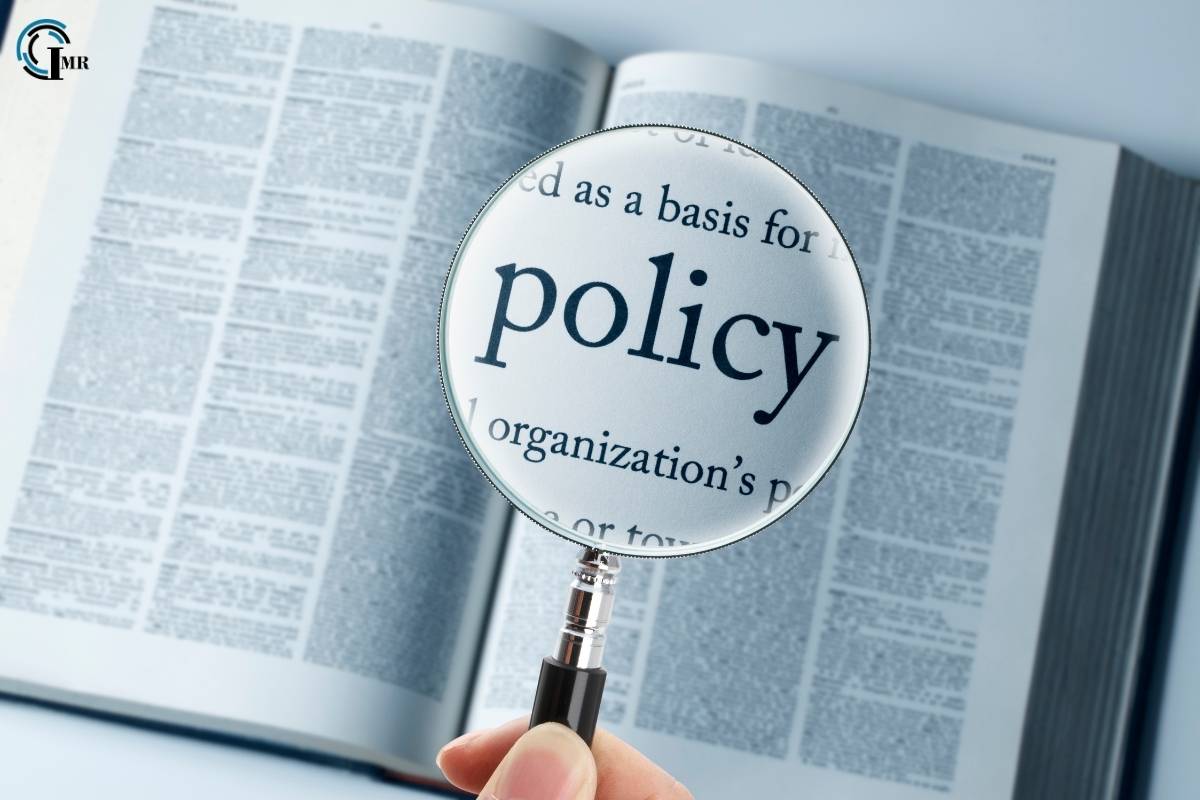
Trade policies play a critical role in shaping the global manufacturing landscape. They influence the flow of goods and services across borders, impact manufacturing costs, and determine the competitive dynamics of industries. In this blog, we will explore the multifaceted impact of trade policies on manufacturing, examining how tariffs, trade agreements, and regulatory standards shape the sector. By understanding these dynamics, manufacturers can navigate the complexities of international trade and optimize their strategies for success.
Importance
Trade policies encompass a range of government measures that regulate international trade. These include tariffs, trade agreements, quotas, and regulations aimed at protecting domestic industries, promoting exports, or ensuring fair competition. The interplay between trade policies and manufacturing is crucial for several reasons:
a. Economic Growth and Development
Trade policies can stimulate economic growth by opening up new markets for manufacturers. They can also protect nascent industries from international competition, allowing them to develop and become competitive over time.
b. Competitive Advantage
By influencing the cost structure of manufacturing, it affects the competitiveness of domestic producers. Lower tariffs on imported raw materials can reduce production costs, while higher tariffs on finished goods can protect domestic industries from foreign competition.
c. Supply Chain Dynamics
The impact of trade policies on manufacturing affects the cost and availability of materials and components in the global supply chain. Changes in trade policy can disrupt supply chains, forcing manufacturers to adapt their sourcing and production strategies.
The Role of Tariffs in Manufacturing
Tariffs are taxes imposed on imported goods and are a common tool used in trade policy. They can have a significant impact on manufacturing in several ways:
I) Protectionism
Tariffs are often used to protect domestic industries from foreign competition. By making imported goods more expensive, tariffs encourage consumers to buy domestically produced products. This can help protect jobs and stimulate investment in local manufacturing.
II) Cost Implications

While tariffs can protect domestic industries, they can also increase production costs. Many manufacturers rely on imported raw materials and components. Higher tariffs on these inputs can raise costs, reducing competitiveness and potentially leading to higher prices for consumers.
III) Trade Wars
Tariffs can lead to trade wars, where countries retaliate by imposing their own tariffs. This can create uncertainty and disrupt global supply chains, impacting manufacturers who rely on international markets for sales or inputs.
Trade Agreements and Their Impact on Manufacturing
Trade agreements are another critical aspect of trade policy. They aim to reduce trade barriers and promote economic cooperation between countries. The impact of trade agreements on manufacturing can be profound:
1. Market Access
Trade agreements open up new markets for manufacturers by reducing tariffs and other trade barriers. This can lead to increased exports and growth opportunities for domestic industries.
2. Standardization
Trade agreements often include provisions for standardizing regulations and quality standards. This can reduce compliance costs for manufacturers and facilitate smoother trade flows.
3. Investment and Innovation
Trade agreements can attract foreign investment by providing a stable and predictable trade environment. This investment can lead to technological transfer, innovation, and the development of new manufacturing capabilities.
4. Regulatory Standards and Compliance
Regulatory standards are an essential aspect of trade policies. They ensure that products meet specific safety, quality, and environmental criteria. Compliance with these standards is critical for manufacturers operating in global markets:
5. Quality Assurance
Strict regulatory standards ensure that products meet high-quality benchmarks, enhancing consumer confidence and brand reputation. Manufacturers must invest in quality control processes to comply with these standards.
6. Environmental Sustainability

Environmental regulations are increasingly shaping trade policies. Manufacturers must adopt sustainable practices and technologies to meet these regulations, which can involve significant investment but also lead to long-term cost savings and market opportunities.
7. Trade Barriers
Differing regulatory standards between countries can create trade barriers. Harmonizing these standards through international agreements can facilitate trade and reduce compliance costs for manufacturers.
Case Studies: The Impact of Trade Policies on Manufacturing
To illustrate the impact of trade policies on manufacturing, let’s examine a few case studies from different industries and regions:
The U.S.-China Trade War
The U.S.-China trade war, which began in 2018, involved the imposition of tariffs on a wide range of goods. This had significant implications for manufacturers in both countries. U.S. manufacturers faced higher costs for imported Chinese components, while Chinese manufacturers experienced reduced access to the U.S. market. The trade war disrupted supply chains and forced manufacturers to seek alternative sourcing and market strategies.
The North American Free Trade Agreement (NAFTA)
NAFTA, now replaced by the United States-Mexico-Canada Agreement (USMCA), created one of the world’s largest free trade zones. It significantly impacted manufacturing in North America by eliminating tariffs on most goods traded between the three countries. This led to increased cross-border trade and investment, particularly in the automotive and electronics sectors. Manufacturers were able to optimize their supply chains and reduce costs by leveraging the strengths of each country.
The European Union Single Market
The European Union (EU) Single Market facilitates the free movement of goods, services, capital, and labor within the EU. This has created a highly integrated manufacturing ecosystem. Manufacturers benefit from standardized regulations, reduced trade barriers, and a large, unified market. Companies like Airbus and Volkswagen have leveraged the Single Market to streamline their operations and enhance competitiveness.
Strategies for Navigating Trade Policies in Manufacturing

Given the complexity and variability of trade policies, manufacturers must adopt strategic approaches to navigate the global trade environment effectively:
i. Diversification of Supply Chains
Manufacturers should diversify their supply chains to mitigate the risks associated with trade policy changes. This involves sourcing materials and components from multiple countries to reduce dependency on any single market.
ii. Investment in Technology and Innovation
Investing in technology and innovation can help manufacturers improve efficiency and reduce costs. This can offset the impact of tariffs and other trade barriers, enhancing competitiveness in global markets.
iii. Compliance and Sustainability
Manufacturers must stay abreast of regulatory changes and invest in compliance and sustainability initiatives. This includes adopting environmentally friendly practices and ensuring products meet international quality standards.
iv. Strategic Alliances and Partnerships
Forming strategic alliances and partnerships with international firms can help manufacturers navigate trade policies and access new markets. These collaborations can provide valuable insights and resources for managing trade-related challenges.
v. Advocacy and Engagement
Manufacturers should actively engage with policymakers and industry associations to advocate for favorable trade policies. This includes participating in trade negotiations and providing input on regulatory standards.
Conclusion
The impact of trade policies on manufacturing plays a pivotal role in shaping the landscape of a globalized economy. They influence costs, market access, supply chains, and competitiveness. By understanding the impact of tariffs, trade agreements, and regulatory standards, manufacturers can develop strategies to navigate the complexities of international trade successfully.
As the global trade environment continues to evolve, manufacturers must remain agile and proactive. Investing in technology, diversifying supply chains, and maintaining compliance with regulatory standards are essential steps for thriving in a dynamic and interconnected world. By leveraging the opportunities presented by favorable trade policies and mitigating the risks associated with trade barriers, the impact of trade policies on manufacturing can drive growth, innovation, and sustainability in the globalized economy.





Comments